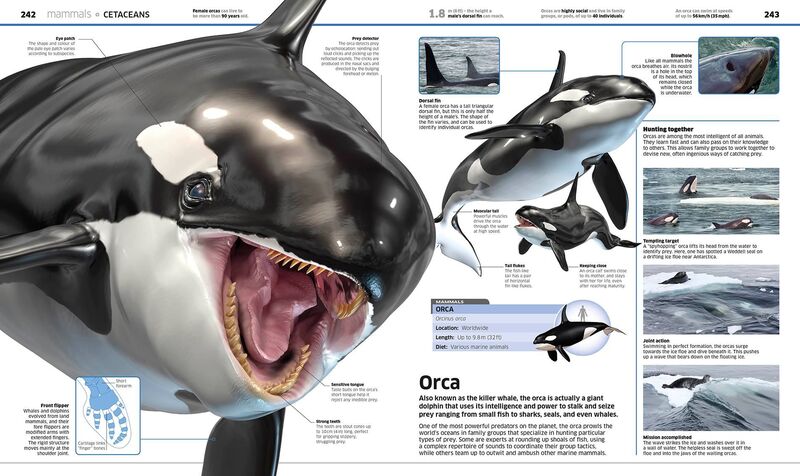Orcas, also known as killer whales, are among the most fascinating and intelligent marine mammals in the ocean. With their striking black-and-white coloration, social behavior, and impressive hunting skills, orcas have captured the attention of scientists and animal enthusiasts alike. A crucial aspect of their anatomy is their eye placement, which plays a significant role in their behavior and survival. In this article, we will delve into the details of where orca eyes are located, their unique adaptations, and how these features contribute to the orca’s life in the ocean.

Before we discuss the specifics of orca eye placement, it's essential to understand some basic anatomy of these magnificent creatures. Orcas belong to the dolphin family (Delphinidae) and are the largest members of this family. They have a streamlined body, large dorsal fin, and a complex brain structure that supports their sophisticated social structures and hunting techniques.
Size: Adult orcas can grow up to 32 feet (9.8 meters) long, with males generally larger than females.
Weight: They can weigh between 8,000 and 12,000 pounds (3,600 to 5,400 kg).
Coloration: The characteristic black-and-white coloration aids in camouflage and communication.

Orca eyes are located on the sides of their heads, just above the mouth and below the dorsal fin. Here are some key points about their eye placement:
Orca eyes are positioned laterally, which allows for a wide field of vision. This placement provides orcas with nearly 360-degree sight, enabling them to detect potential predators or prey from various angles without needing to turn their heads.
The distance between an orca’s eyes is relatively wide compared to that of terrestrial mammals. This anatomical feature enhances their ability to judge distances while hunting and navigating through their aquatic environment.
Orcas have several adaptations that enhance their vision, particularly in underwater conditions. Their eyes contain a specialized lens that helps them see clearly in both dark and murky waters.
Orca eyes are often a striking dark brown or black, surrounded by a white eye patch. This distinctive feature not only enhances their aesthetic appeal but also plays a role in social interactions and recognition among pod members.
Orcas possess a nictitating membrane, a protective layer that can cover their eyes while hunting or swimming at high speeds. This membrane helps shield their eyes from debris and potential injuries while allowing them to maintain visibility.
While orcas can see well underwater, their eyesight is not as acute as that of some other marine mammals. They rely on echolocation to complement their vision, emitting sound waves that bounce off objects and return to them, allowing them to create a mental map of their surroundings.
The placement of orca eyes significantly impacts their behavior and social interactions:
Orcas are apex predators, and their eye placement aids in cooperative hunting strategies. They can maintain a broad view of their surroundings, coordinating with other pod members to outmaneuver prey.
Orcas are highly social animals, often living in pods with complex social structures. The positioning of their eyes plays a role in communication, as they can observe each other’s body language and signals effectively.
In the vast ocean, the ability to see wide angles helps orcas navigate effectively. They can spot landmarks, other marine life, and potential dangers while swimming.
Some people believe that orcas have poor eyesight due to their underwater lifestyle. In reality, they have well-adapted eyes that allow them to see effectively both in and out of water.
While the coloration of an orca’s eyes can vary, it is not necessarily an indicator of health. Other factors, such as age and environmental conditions, play a more significant role in determining an orca's health.
Orcas are remarkable creatures with a unique anatomical structure that allows them to thrive in their marine environment. The placement of their eyes on the sides of their heads enhances their field of vision, aids in hunting, and facilitates social interactions within their pods. Understanding where orca eyes are located and how this anatomical feature contributes to their behavior provides valuable insights into the life of these intelligent marine mammals.
By exploring the anatomy of orcas, we not only gain a deeper appreciation for their adaptations but also foster a greater respect for their role in the marine ecosystem. As we continue to study and learn about these incredible animals, we can help promote their conservation and ensure their survival for generations to come.
animal tags: orca
We created this article in conjunction with AI technology, then made sure it was fact-checked and edited by a Animals Top editor.